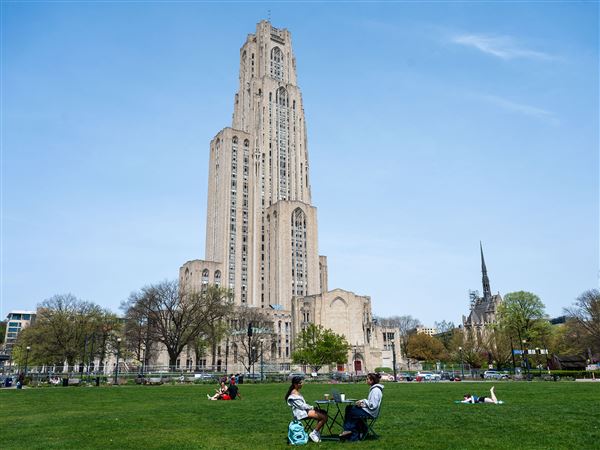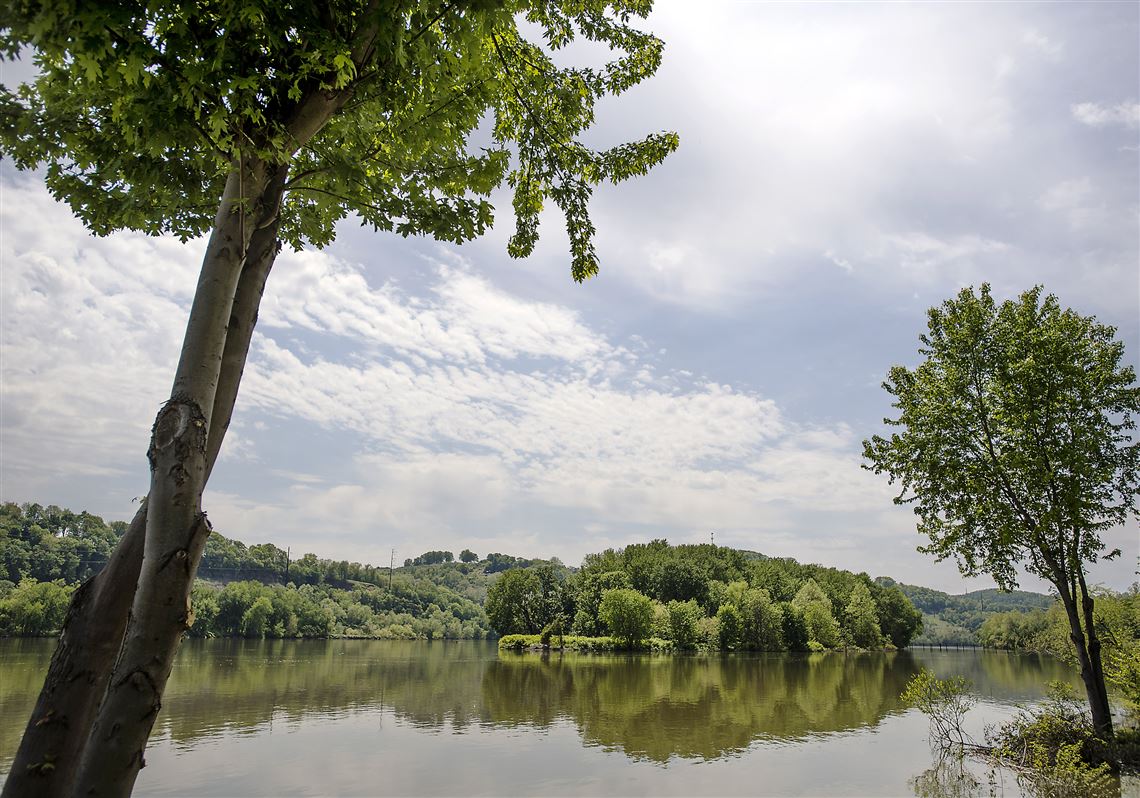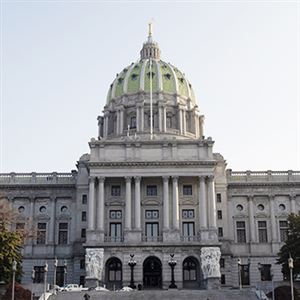A clear sign of spring’s arrival is the growth of musty fungi germinating in the decay of leaf litter, animal dung, soil debris and decomposing wood. From spring through fall, members of the Western Pennsylvania Mushroom Club scour regional woodlands, exploring the biological diversity of fungi and harvesting morels when they can find them.
On May 21, group members and the public will step off The Rachel Carson, a pontoon boat, and into the isolated hardwood floodplain ecosystem of Sycamore Island in the Allegheny River. Their mission: to document the growth of is mushroom population, part of an annual species identification index maintained in compliance with the island’s public charter.
Located 9 miles upstream from The Point between Blawnox and Verona, Sycamore Island is a narrow 14 acres of undeveloped second-growth forest owned since 2008 by the Allegheny Land Trust. The Pennsylvania Natural Diversity Index classifies floodplain forests as “imperiled,” and Sycamore Island has a ranking of “high significance.” According to the nonprofit Land Trust’s website, conservation of the island “creates a unique opportunity for the public to visit and experience a wild, natural island within an urban county.”
An island management plan “seeks to strike a balance between the development of an ecologically and physically sustainable conservation area that serves the needs of the island’s users while preserving the sense of place and protecting sensitive habitats.”
Topographically, Sycamore Island is part of an unusual river feature. It parallels the smaller Nine Mile Island, with the main channel running between them. The central current collides with a sediment deposit formed by Sandy Creek as it enters the river from the east bank. An 1809 survey measured Sycamore Island at just over 6 acres. Sedimentation due to past commercial uses and routine natural flooding continues to stretch and narrow the island’s shape, even as it enhances its low-lying land mass.
“Water rushes up over the whole island and deposits the debris that the mushrooms are growing on,” said walk leader and Mushroom Club mycologist Jim Tunney. “On a couple of previous trips we found 50 [mushroom] species.”
For untold centuries Sycamore Island has been geologically isolated from the surrounding woodland while maintaining biological contact. Mr. Tunney said mushroom spores, as well as other species, arrive and depart via the winds, currents and flood overwash. Under the Allegheny Land Trust’s management, the island is used as a demonstration site for education about invasive species, and many unwanted plants have been physically removed.
“It’s some work finding, identifying and cataloging all the mushrooms we find, but the boat ride is fun,” said Mr. Tunney. “We don’t usually get to do that.”
The trip, which takes place from 10 a.m.-1 p.m., will accommodate the first 30 who register at www.eventbrite.com. Children are welcome. Participants meet at Verona Public Docks, Verona; cost is $15, Information: http://wpamushroomclub.org, http://alleghenylandtrust.org.
John Hayes: 412-263-1991, jhayes@post-gazette.com.
First Published: May 13, 2017, 4:00 a.m.

















